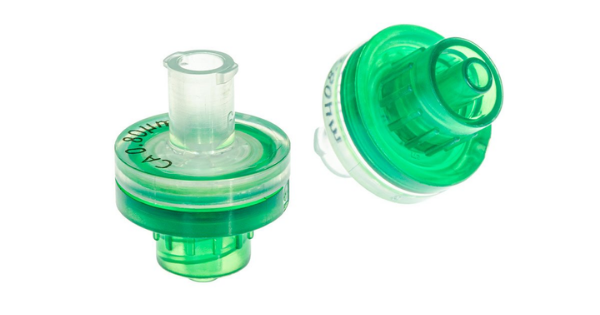Syringe filters are essential instruments for sample preparation and purification in both laboratories and industries. However, customers may encounter a number of frequent challenges that can impair the efficiency and dependability of their syringe filters. GVS Malaysia, a major producer of filtering systems, provides detailed information on troubleshooting these difficulties to maintain proper functioning and extend the life of syringe filters.
Identifying Common Syringe Filter Problems
The first step in troubleshooting is to identify the common problems that can arise with syringe filters. These issues may include clogging, filter integrity failure, and compatibility issues with solvents. GVS Malaysia emphasizes the importance of recognizing the signs of these problems early to prevent sample contamination and equipment damage.
Clogging Issues
Clogging is one of the most frequent challenges encountered with syringe filters. This issue often arises when the filter’s pore size is too small for the particle load of the sample. GVS Malaysia recommends selecting a filter with an appropriate pore size based on the sample’s characteristics to minimize clogging. Additionally, pre-filtering larger particles can extend the life of the syringe filter and improve its effectiveness.
Filter Integrity Failure
Another common issue is filter integrity failure, which can occur if the syringe filter is subjected to pressure beyond its specifications. GVS Malaysia advises users to always check the maximum operating pressure of their syringe filters and to use them within these limits. Using a pressure gauge to monitor the applied pressure can help in maintaining the integrity of the filter.
Chemical Compatibility
Using syringe filters with solvents or samples that are incompatible with the filter material can lead to degradation and poor performance. GVS Malaysia provides detailed chemical compatibility charts for their syringe filters, allowing users to choose the correct filter material for their specific application needs.
Troubleshooting Steps Once the common issues are identified, GVS Malaysia suggests several troubleshooting steps:
- Verify Filter Selection: Ensure that the chosen syringe filter is suitable for the sample type and volume.
- Pre-filter Samples: For samples with high particulate content, pre-filtering can prevent clogging and preserve the main filter’s capacity.
- Monitor Pressure: Keep the filtration pressure within the recommended range to avoid damaging the filter.
- Test for Compatibility: Conduct compatibility tests between the filter material and the sample or solvent.
Preventive Measures
To avoid recurring issues with syringe filters, GVS Malaysia recommends implementing routine checks and maintenance protocols. This includes training laboratory personnel on proper syringe filter usage, storing filters under appropriate conditions, and regularly reviewing filtration procedures to incorporate the latest product enhancements and insights from GVS Malaysia.
Conclusion
Troubleshooting typical syringe filter difficulties necessitates a detailed grasp of the equipment and its uses. GVS Malaysia offers valuable assistance and support to users, ensuring that syringe filters are used efficiently and reliably in a variety of circumstances. Laboratories and industrial facilities can improve their filtration operations by following GVS Malaysia’s troubleshooting guide, resulting in more accurate results and more operational efficiency.



